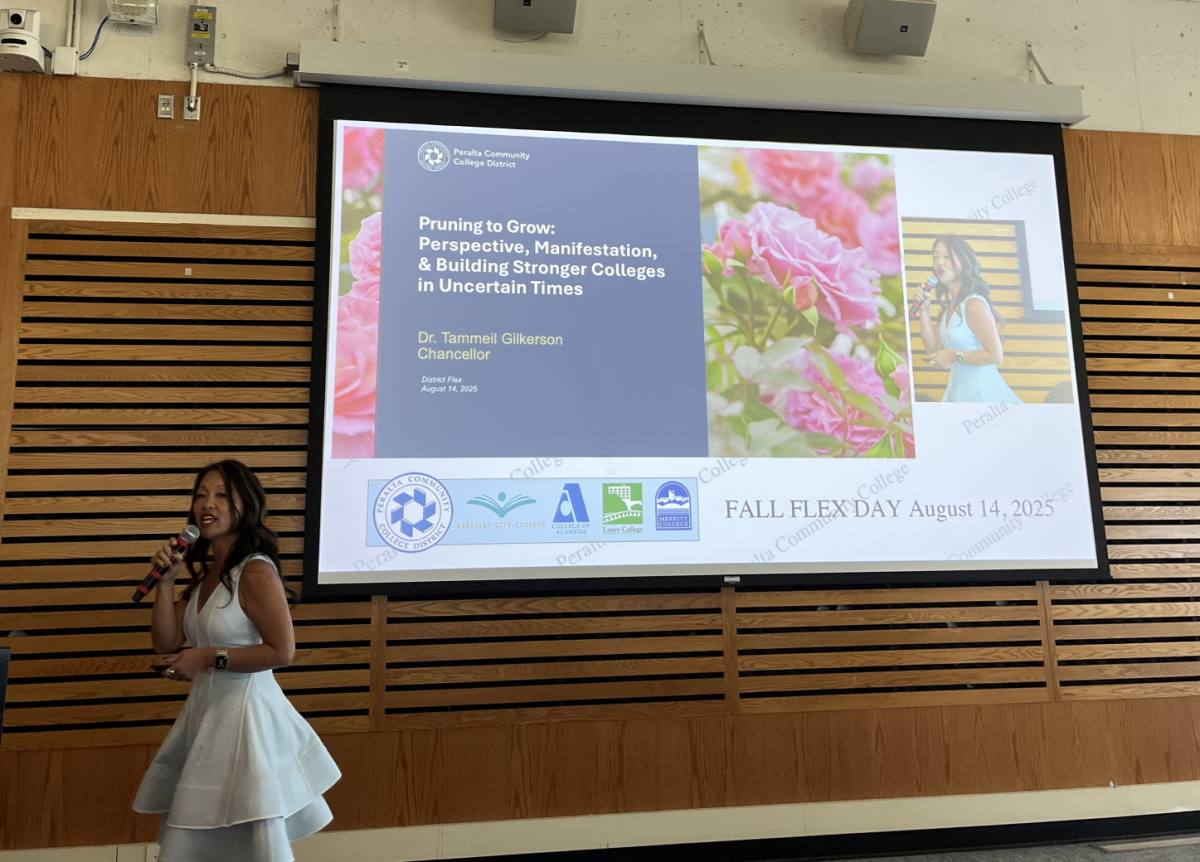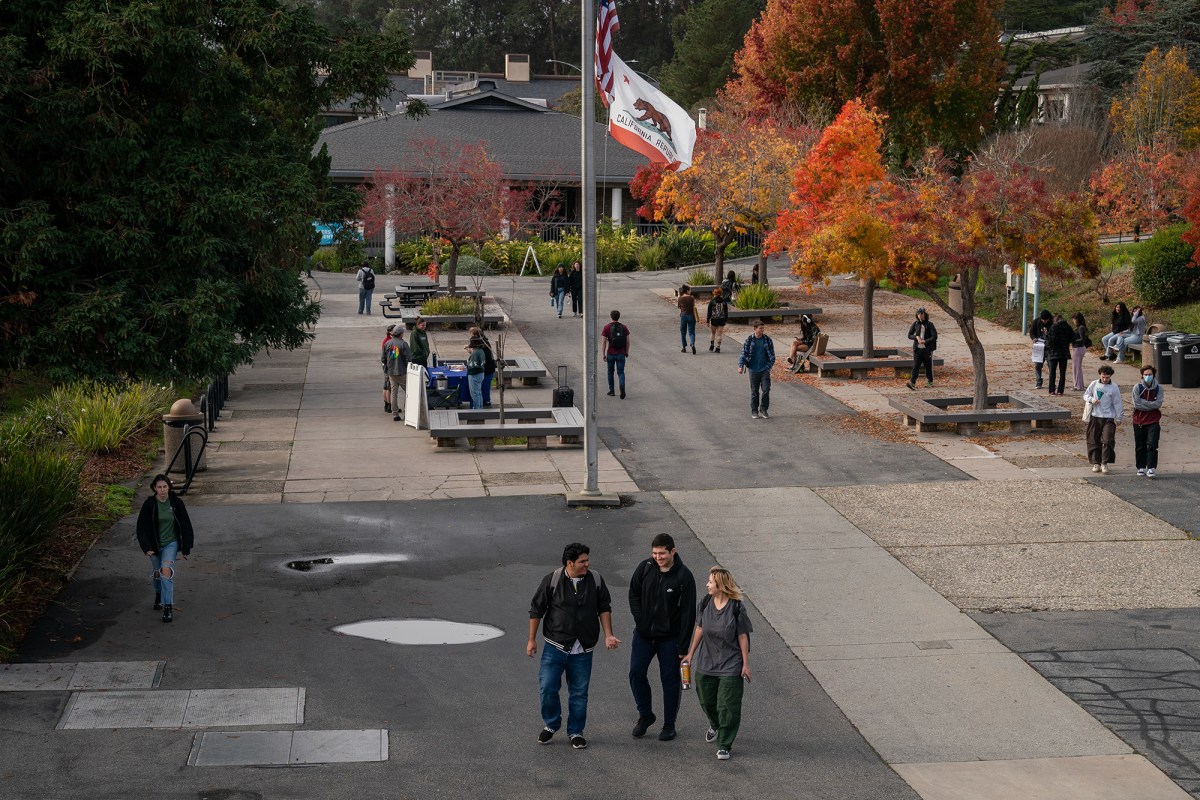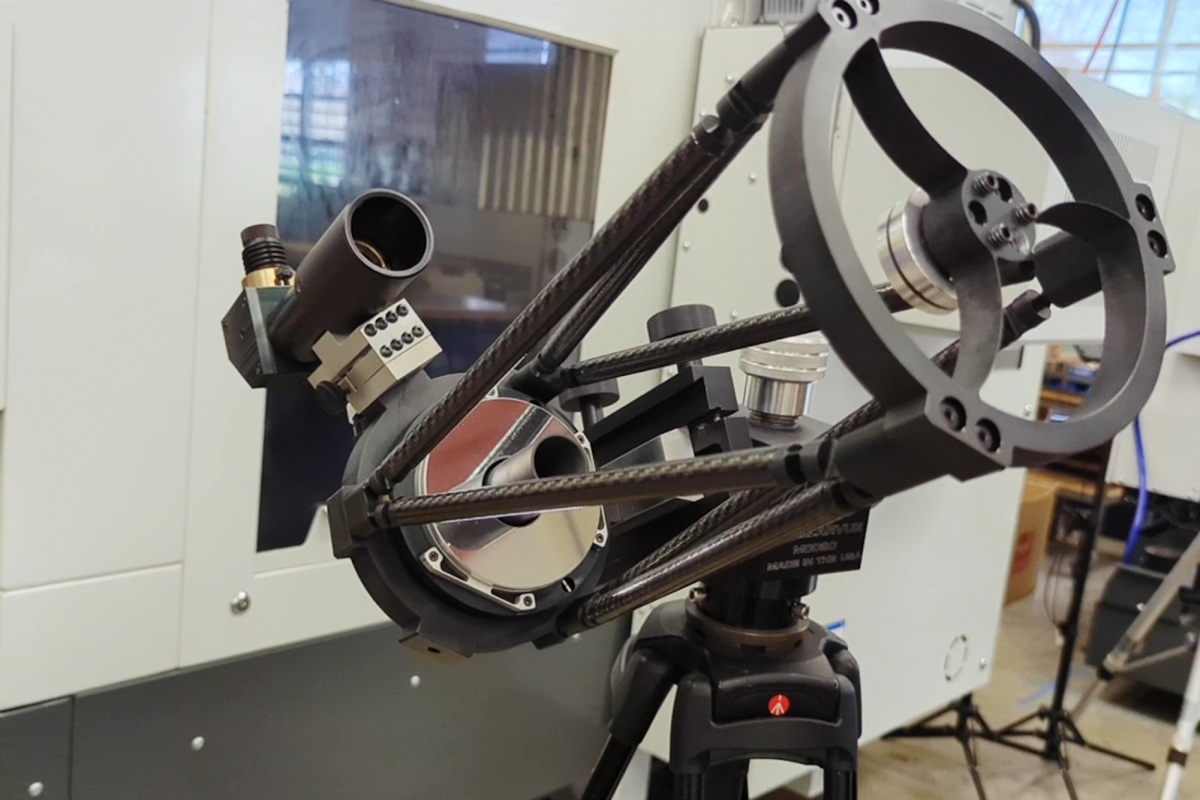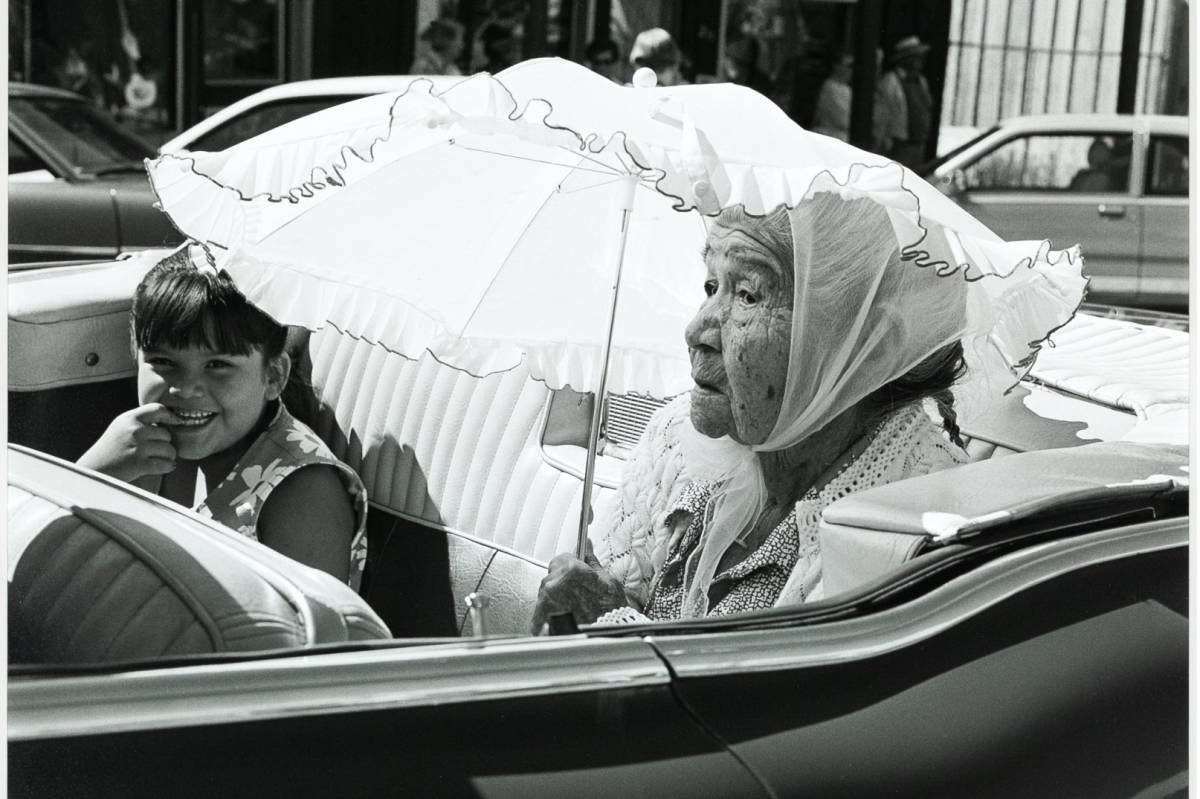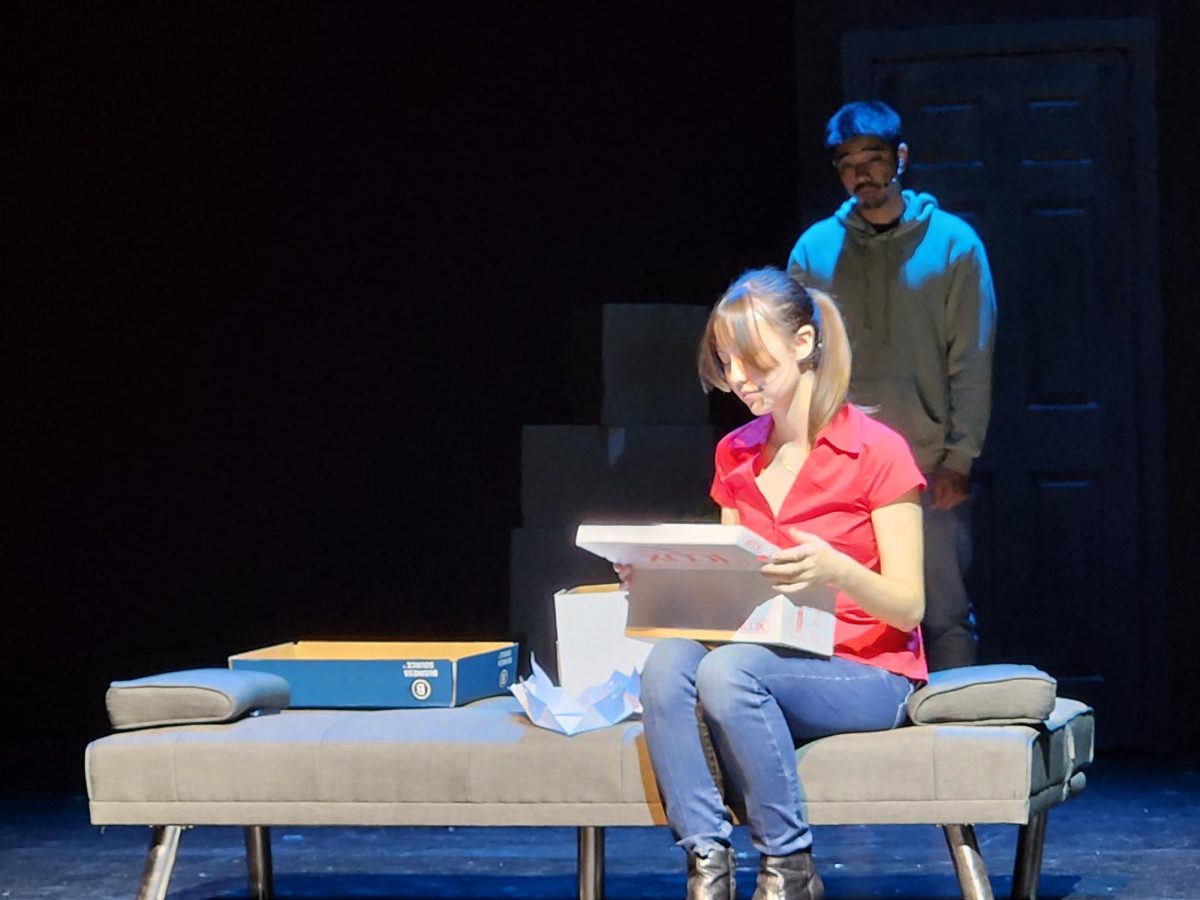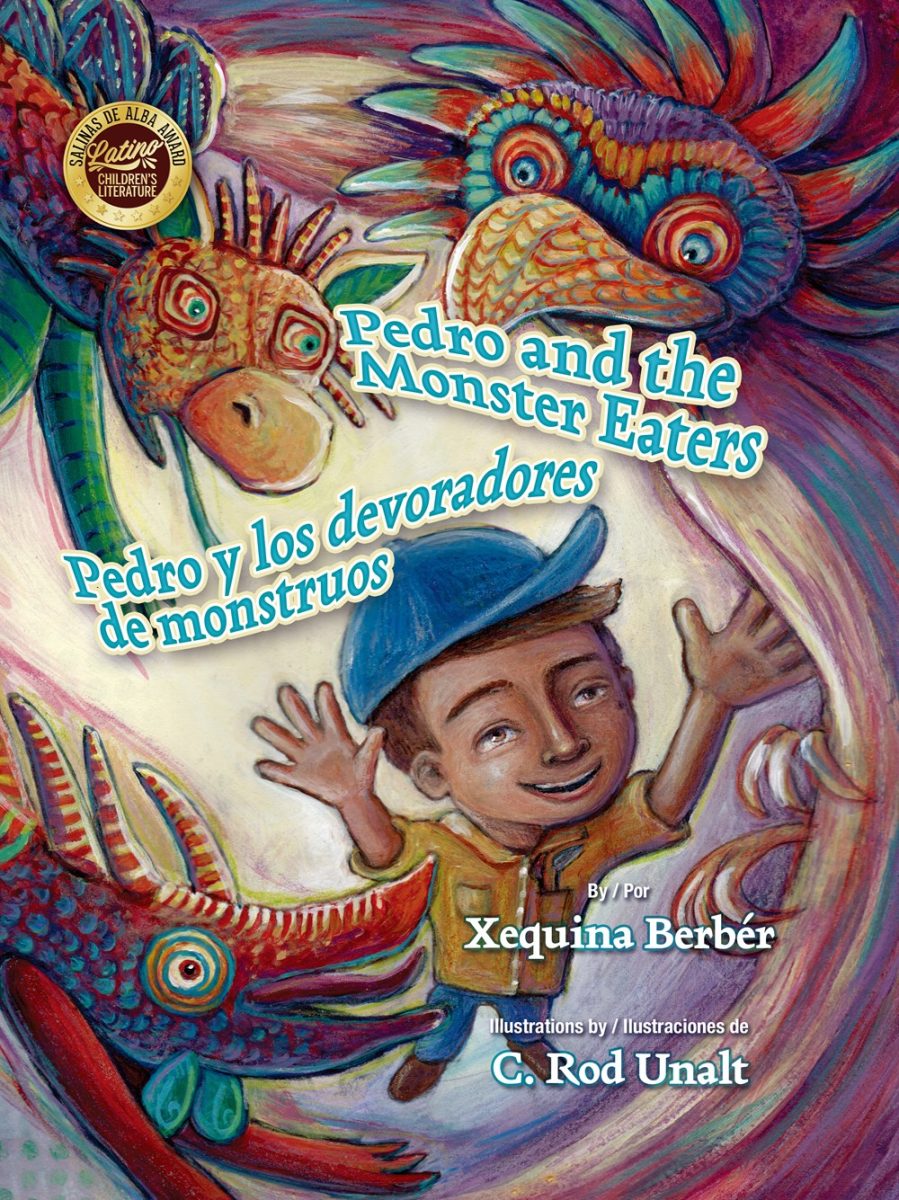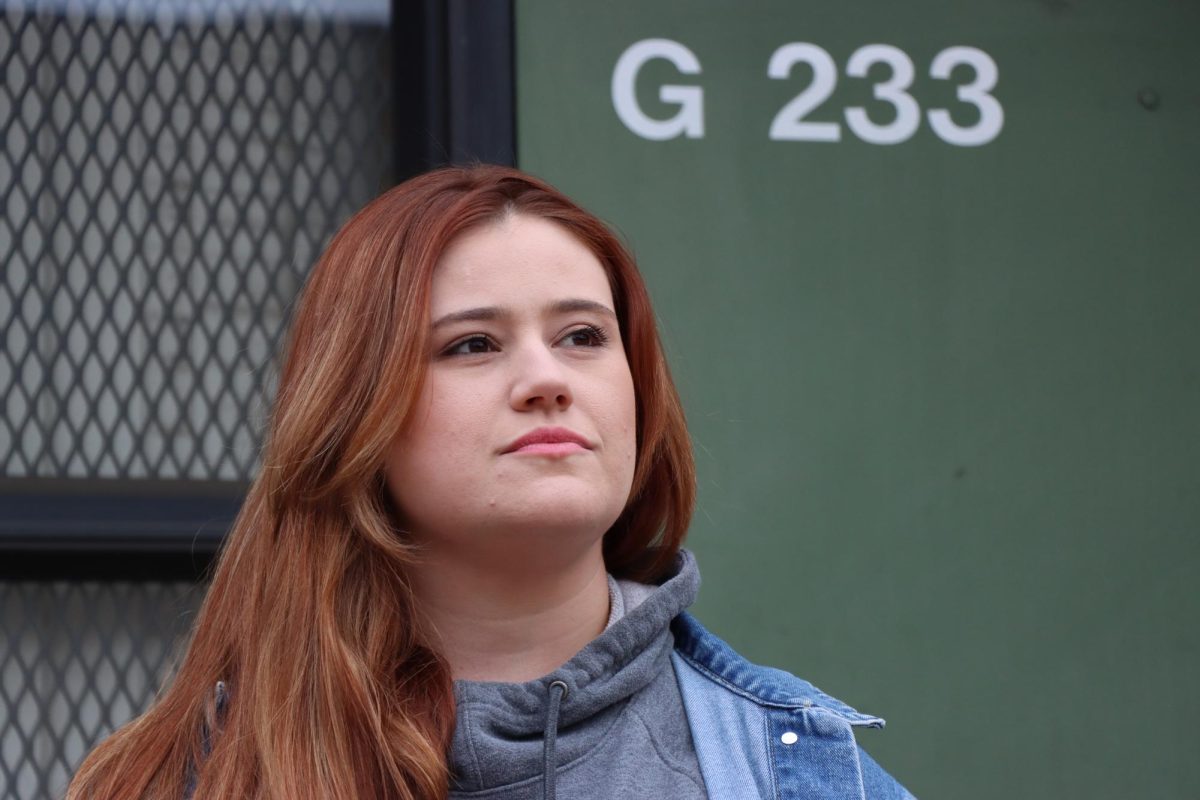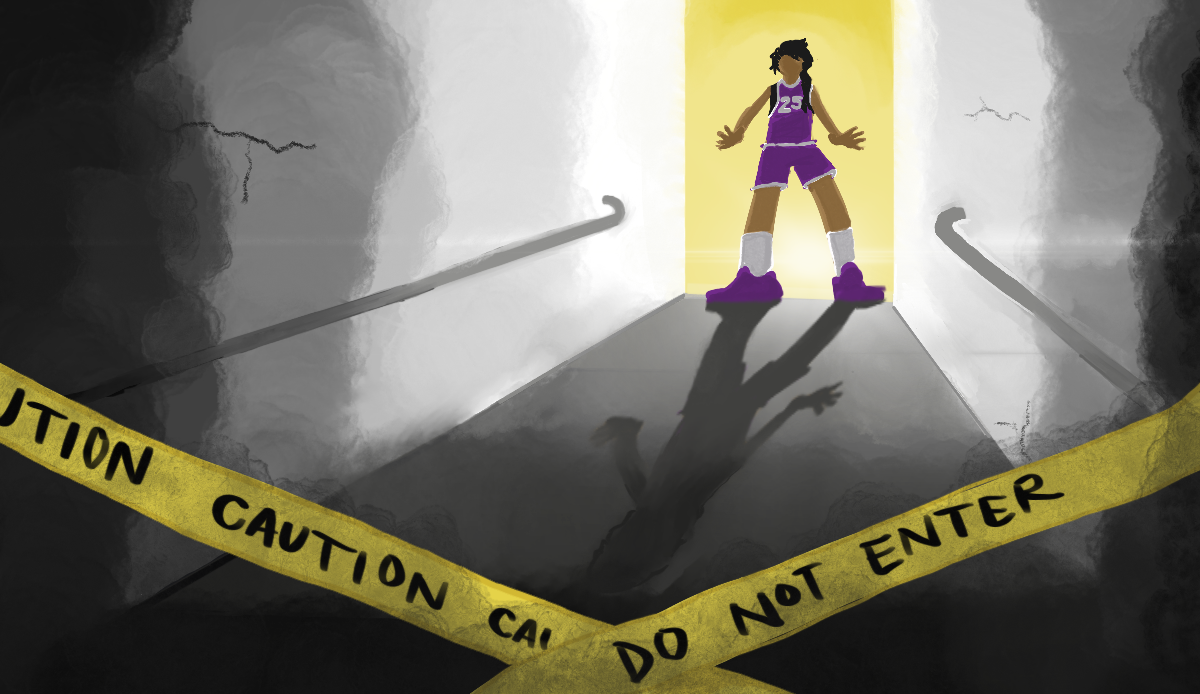Magic Theatre’s revival of the 1979 Pulitzer prize winner is a revelation in three acts
Pulitzer Prize winner Sam Shepard’s play “Buried Child” is, to borrow a phrase from Winston Churchill, something of a “riddle, wrapped in a mystery, inside an enigma.”
It is the story of a family deteriorating mentally, physically, financially, and existentially.
In the opening sequence of “Child,” central character Dodge, the physically broken patriarch skillfully played by Rod Gnapp, argues with wife Halie (Denise Balthrop Cassidy) over the apparently mundane.
A comical series of white lies is exchanged between Dodge and Halie, but this is simple foreshadowing of the unreality plaguing their family.
Halie romanticizes a lost son, Ansel, and Dodge takes refuge in a bottle of whisky hidden in the couch.
Shortly thereafter, we are introduced to Dodge and Halie’s adult children Tilden (James Wagner) and Bradley (Patrick Kelly Jones).
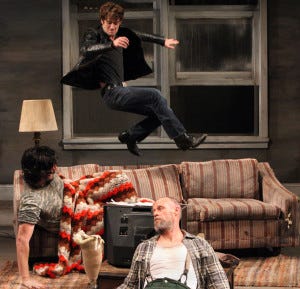
Both are less than mentally sound, and Bradley’s missing leg, the result of a farm accident, is perhaps a physical manifestation of that instability.
It is slowly revealed that the family is harboring a dark secret, a revelation brought to fore as two interlopers make their appearance, prodigal grandson Vince (Patrick Alparone) and his girlfriend Shelly (Elaina Garrity).
The two serve integral purposes. Vince is a catalyst for later events. Shelly stands in for the audience, making interrogatives in an attempt to sort out the unreality around her.
Throughout the work, Halie refers to the divine, invoking Jesus and good Christian values, which Shepard simultaneously derides and interweaves into the subtext of “Child.”
In a pivotal scene, a direct indictment of organized religion is made late on when Father Dewis (Lawrence Radecker), declares simply, “I’m out of my depth,” exiting the drama posthaste.
By contrast, Vince can almost be seen as a Christ-figure.
Plot threads are left dangling; what is not said is sometimes more central to navigation of the play than what is said, and throughout is the nattering feeling that what is being presented is somehow not real.
At its core, “Child” is of an unsolved mystery.
These observations inevitably invite comparison to some of cinema’s greats.
In “Rashomon,” Akira Kurosawa examines the nature of truth, and by extension reality, concluding that neither really exists.
In a more modern example, filmmaker Michael Haneke has made a career intentionally leaving mysteries unsolved and papering over character motivation, occasionally to the ire of his audiences.
With Shepard, similar contrasts and irresolution abound. Perhaps the primary distinction between Shepard, Haneke and Kurosawa is that despite an occasionally intractable bent toward unreality, Shepard somehow manages to foster in his work an internal logic that approaches an intractable sense of truth.
Crops grow mysteriously in a fallow field, characters seem to act without motivation, and there are inexplicable costume changes.
It is here that the influence of playwrights Bertolt Brecht and Samuel Becket can be seen, whom Shepard was reading at the time he penned “Buried Child.”
Like Beckett, Shepard refused to be pinned down when queried about the intent of his work.
Shepard appears to be taking his thematic cues from Beckett as well, in the guise of religious undertones, political critique, and psycho-symbolic imagery abound.
It is noteworthy that Shepard himself was the seventh man in his family to carry the name “Samuel Shepard.”
Vince is charged with a heavy family burden, one he slouches into. “Buried Child” is, therefore, also a tortured autobiography, wherein a cumbersome family history is handed down from father to son.
“Buried Child” is so dense, so packed with metaphor that, in the tradition of other post-modernist work, it lends itself to nearly any interpretation.
Like Beckett, Shepard both defies and begs analysis.
It seems a big ask, but with its fair amount of levity and impassioned execution by the members of the Magic Theatre troupe, “Buried Child” is well worth the effort.


